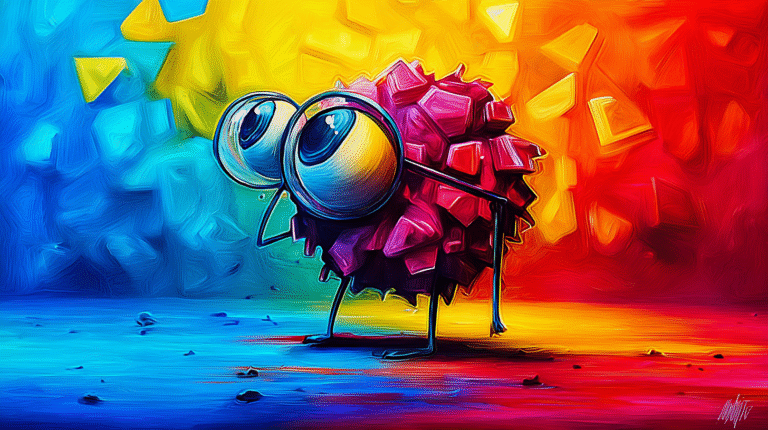A Simple Framework for Making AI Decisions in Your Daily Life
The rapid rise of AI tools has left many of us scratching our heads about where they fit into our lives and work. Every time we face a task, there’s that nagging question: Should I use AI for this? Should I do it myself? Maybe both?
From personal experience working with Generative AI tools this past year, I’ve found that breaking it down into three simple categories can make these decisions much clearer. Every AI-related choice falls into one of these three areas:
- things we should do ourselves
- things where we can team up with AI
- and things we can fully hand over to AI
Some tasks really do deserve our full, undivided human attention.
Take learning a new language, for instance. Sure, AI can translate everything instantly for you, but there’s something profound about the struggle of forming sentences yourself, making mistakes, and gradually improving. This process builds neural pathways that no AI shortcut can replace.
The same goes for giving feedback to team members. While AI could generate perfectly worded performance reviews, the act of reflecting on someone’s work, considering their growth, and crafting thoughtful feedback builds stronger relationships and helps us grow as leaders.
But here’s where it gets interesting: some of the best results come from partnering with AI.
Think about content creation. AI can help generate ideas and outline structures, but the most compelling content comes from blending that AI efficiency with human creativity and emotional intelligence.
Or look at medical diagnosis, where studies consistently show that combining human medical expertise with AI analysis leads to significantly better outcomes than either working alone. This same principle shows up everywhere from financial analysis to creative design.
And yes, some tasks are simply better handled by AI entirely.
Security monitoring is a perfect example – AI systems can analyze patterns 24/7 without fatigue, catching potential threats that human observers might miss. Spam filtering, routine data processing, monitoring equipment for maintenance needs – these are all perfect candidates for full automation.
So how do you decide which approach to take?
I like to ask myself a few simple questions:
- Does the process itself have value beyond just getting to the end result?
- Would automation remove important human elements like relationship building or personal growth?
- Could AI and I work better together than either of us alone?
- Is this task mostly just following rules and checking boxes?
Let’s make this super practical.
Think about preparing a presentation. You might use AI to handle the initial research and crunch the numbers. Then you could work together with AI to refine your messaging and structure. But when it comes to actually delivering that presentation? That’s all you – building genuine connections with your audience and responding authentically to their reactions and questions.
The key isn’t to automate everything possible or to resist using AI tools altogether. It’s about being thoughtful with these choices. The most successful approaches to AI don’t focus solely on automation: they consider where the human touch adds irreplaceable value and where AI can truly enhance what we do.
Want to explore more about making smart AI decisions in your business? Join us in The Hybrid Advantage community, where we’re working through these challenges together and sharing what actually works in practice. It’s free to join, and you’ll connect with others who are figuring out these same questions in their own work.







